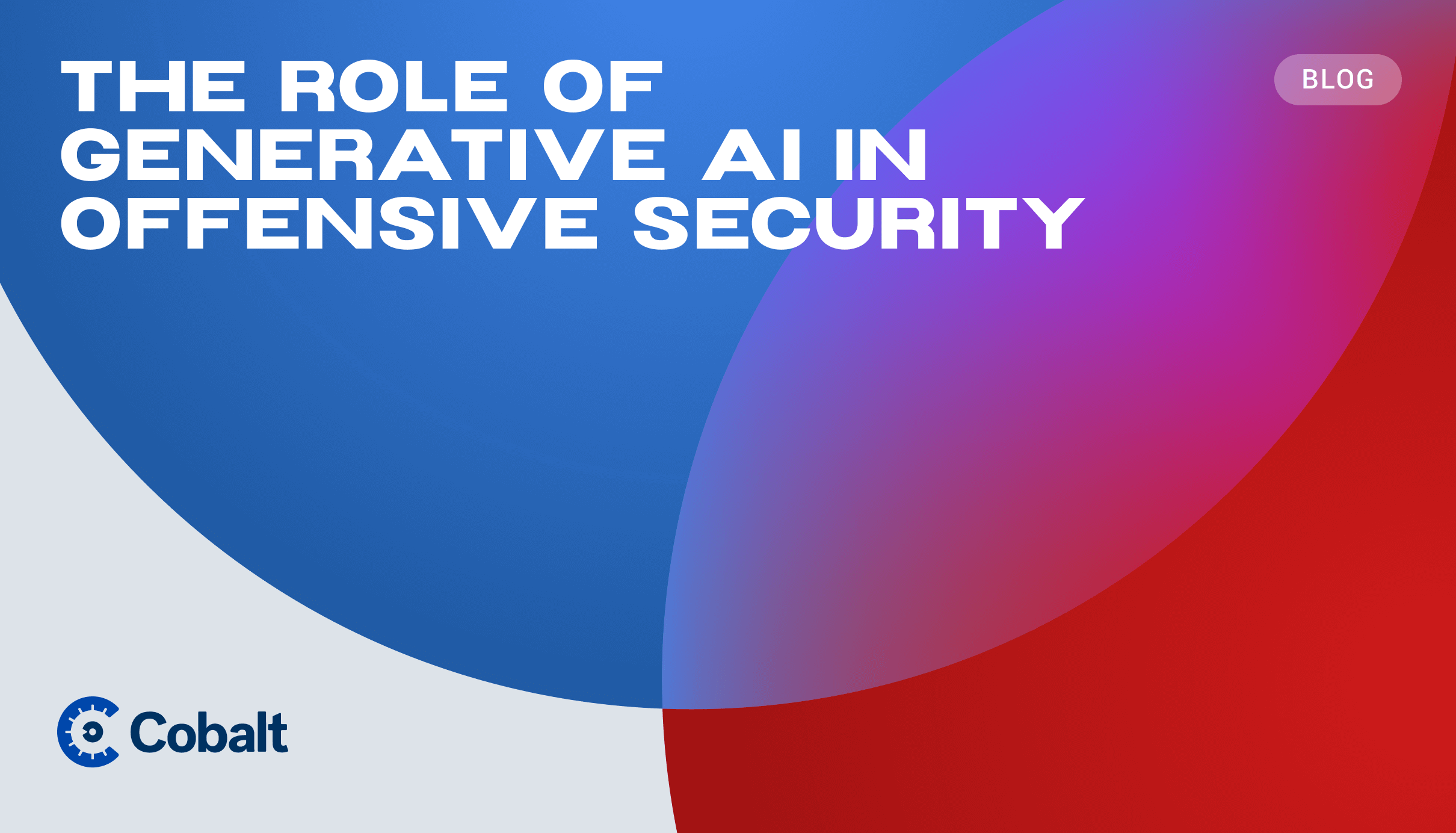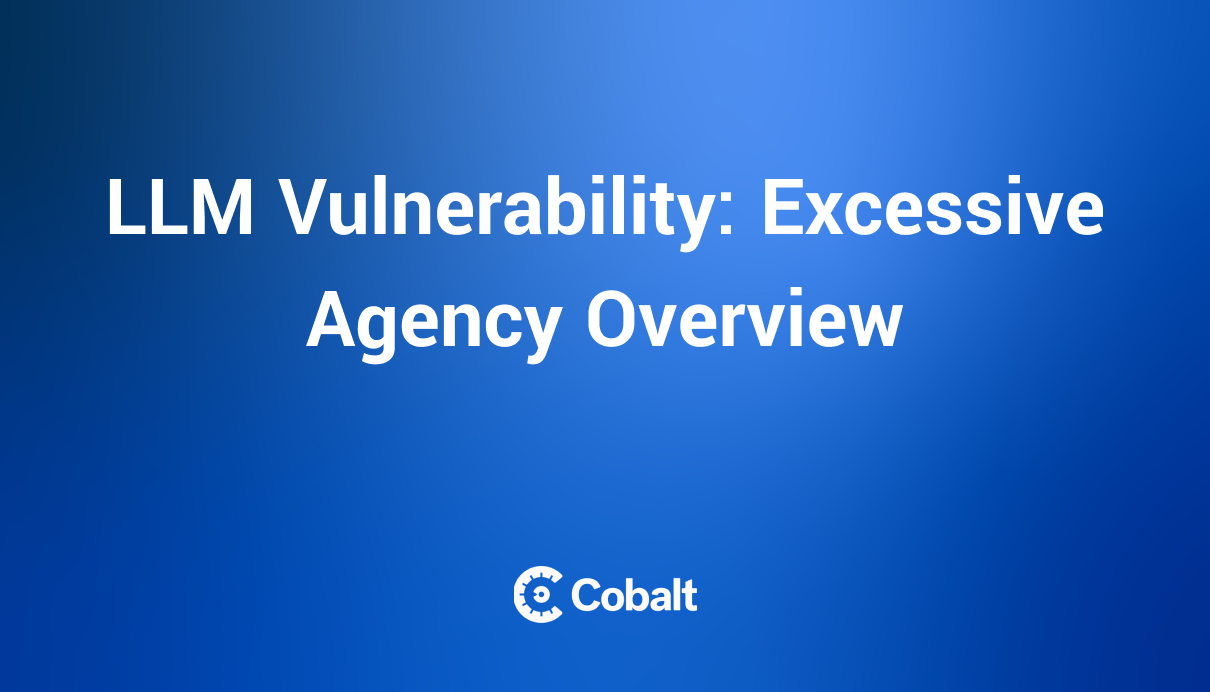Through the use of APIs and applications, the business world is becoming a more interconnected place every day. This interconnection provides new and innovative ways for companies to use their mission-critical data. However, the increasing reliance on APIs has also drawn the attention of cybercriminals seeking to exploit potential vulnerabilities..
SANS recently conducted an Application & API Security Survey, showing that the growing complexity and diversity of the application development and security ecosystem, combined with the sensitive nature of data within applications, underscore the critical need for organizations to address AppSec risk with a comprehensive set of solutions.
Given the fact the application development and security landscape is growing in complexity and diversity, there’s an increasing cybersecurity threat to the APIs that transmit data among applications. Thus, protecting APIs is becoming just as important as protecting your main infrastructure.
What is an API?
An API (Application Programming Interface) is a set of rules and protocols that enable different software applications to communicate with each other. APIs allow developers to integrate and access functionalities of various systems, facilitating seamless interaction and data exchange between applications, even if they are written in different programming languages. In the following section, we will explore several types of APIs, each with its own characteristics and use cases.
Representational State Transfer (REST) is an architectural style that provides guidelines for creating scalable web services. RESTful systems use standard web protocols, usually HTTP/HTTPS, to enable communication between computer systems on the internet.
REST APIs are known for their simplicity, flexibility, and scalability. They are stateless, meaning each request from a client contains all the information needed to process the request, and they typically use JSON for data interchange. While REST APIs help standardize API development, it is crucial to protect them using best practices like HTTPS, authentication, and authorization to defend against cyberattacks.
Simple Object Access Protocol (SOAP) is a messaging protocol that allows programs on different operating systems and written in various programming languages to communicate via XML-based messages. SOAP APIs use XML for standard communications, enabling applications on different platforms to interact seamlessly.
SOAP is known for its rigidity and comprehensive standards, making it more suitable for enterprise-level services requiring high security, transactional reliability, and ACID (Atomicity, Consistency, Isolation, Durability) compliance.
SOAP APIs typically use HTTP for transport but can also leverage SMTP, TCP, and UDP, providing flexibility in data transmission. Despite the structured methodology of SOAP API development, robust security measures are necessary to ensure data safety.
GraphQL is a query language for APIs and a runtime for executing those queries by using a type system you define for your data. GraphQL provides a more flexible and efficient approach to API design by allowing clients to request exactly the data they need and nothing more. This reduces the amount of data transferred over the network and can significantly improve performance for complex queries and large datasets.
gRPC (gRPC Remote Procedure Calls) is a high-performance, open-source framework developed by Google that uses HTTP/2 for transport, Protocol Buffers as the interface description language, and provides features such as authentication, load balancing, and more. gRPC is well-suited for connecting microservices in distributed systems due to its low latency and high throughput capabilities.
Traditional Form-Based Web Applications rely on HTML forms submitted by users, which are then processed by server-side scripts. These applications can be seen as an early form of API, where the client (usually a web browser) sends form data to the server via HTTP POST requests. The server processes this data and responds with HTML pages. While not as flexible or efficient as modern APIs, form-based web applications are still widely used and require security measures such as input validation, HTTPS, and CSRF protection to ensure the safety of data and interactions.
API Security Validation
As APIs become increasingly integral to the interconnected business world, ensuring their security is paramount. Cybercriminals continuously seek to exploit vulnerabilities in APIs to gain unauthorized access to sensitive data and disrupt operations. Robust security validation helps protect against these threats, maintaining the integrity, confidentiality, and availability of your systems.
Every API type, whether REST, SOAP, GraphQL, gRPC, or traditional form-based, has its own technologies and tools for testing. In the remainder of this blog, we will discuss essential API security validation techniques at a level that is not specific to any particular API technology. By taking a shift-left approach, we begin with techniques closest to the developers and gradually move to those providing more of an external view.
1. SAST – Static Application Security Testing
When developers want to identify vulnerabilities early in the software development process, SAST can help by analyzing an application’s source, binary, or byte code to look for typical issues. This test looks for code patterns that could indicate a problem. SAST creates an application model and then uses predefined rules to identify known vulnerabilities.
SAST enables developers to identify and address vulnerabilities early in the development lifecycle, reducing remediation costs and mitigating potential security risks. And, developers can learn how to make their code more secure from the start.
2. SCA – Software Composition Analysis
Many applications use open-source or third-party software that could contain vulnerable code. SCA solutions work to analyze an uncharted codebase to identify open-source elements and the vulnerabilities that exist.
SCA can produce a Software Bill of Materials (SBOM) listing all the open-source code used in an application and the known vulnerabilities that exist based on knowing the libraries used and the version number. This serves as guidance to development teams for updating outdated libraries.
3. Manual Code Review
A manual code review focuses on a security expert studying an application’s source code to identify security flaws and vulnerabilities. With a Secure Code Review, the service allows development teams to clarify why coding decisions were made and ensure they take a more strategic review that focuses on security issues.
If you want to use an extremely effective API security validation, completed in the most cost-effective way, Cobalt’s PTaaS program can help you build a more resilient future. Contact a Cobalt expert for more information.
4. IAST - Interactive Application Security Testing
While SAST testing is static in that it does not interact with the application and DAST sees the application as a black box, IAST comprises observers and sensors that can detect software vulnerabilities while interacting with the application. IAST has the advantage of speed because it produces findings in real time for the app it is evaluating. IAST can automate API testing, leveraging existing test cases to efficiently validate security and functionality.
It helps developers find and fix security flaws during the development process, which helps the developers to learn to code more securely. Early detection and remediation helps reduce the number of defects identified later in the development lifecycle.
5. RASP – Runtime Application Self Protection
RASP (Runtime Application Self-Protection) secures applications directly, enhancing security beyond network or endpoint defenses. RASP can identify vulnerabilities within applications and it can block attacks aimed at vulnerabilities in deployed applications.
With access to the operations of an application, RASP can identify when behavioral changes take place that could be caused by a cyberattack. Visibility into application layers helps it to find a wide range of issues, including providing zero-day attacks.
6. DAST – Dynamic Analysis Security Testing
Testing applications to find vulnerabilities while they are in production is the task of DAST. Also known as a “black box test,” DAST doesn’t evaluate the internal source code or application architecture. Instead, the approach is to use the same type of techniques a cybercriminal would use to identify weaknesses from the outside.
Other advanced tools are typically used in conjunction with DAST because it isn’t intended to find an overview of all application vulnerabilities. DAST helps identify configuration errors and other specific application problems.
7. Manual Penetration Testing
Manual penetration testing, also referred to as pentesting, ranked extremely high in terms of value, even though it tends to be the most expensive and time-consuming approach. Manual pentesting has advantages over automated methods due to the human factor. An expert who understands an application's business logic and authorization protocols is far more effective at identifying potential vulnerabilities than automated scanners.
Manual pentesting provides advantages because they save the development teams time in remediation efforts by reducing the time those teams need to spend analyzing an identified risk to determine if it’s real. In addition, the evolution of services called Penetration Testing as a Service (PtaaS) can streamline the testing process and lower the cost of manual testing.
PtaaS also has the advantage of fitting well into agile development methods. The test results from a PtaaS are typically delivered in a more easily digestible format with integrations to help reduce the struggle of integrating security within development workflows.
Cobalt was a pioneer in the PtaaS environment, we even wrote a book about it. Today, the team here at Cobalt continues to provide innovative services based on the effectiveness of the PtaaS model.
8. Threat Modeling
Threat modeling consists of analyzing software architecture, the business context of the application, and more to develop a clear understanding of an application’s components. This analysis, combined with understanding the cybercriminals targeting the application, their attack methods, and effective countermeasures, provides a comprehensive security assessment. A catalog of threats and resolutions is then referenced throughout the development process to guide secure coding practices and mitigate potential risks.
9. Red Teaming
Red teaming refers to an effort to determine how well systems can thwart cyberattacks. A team of people, named the Red Team, use the same tools and techniques that hackers use to attack systems. It is normally used in conjunction with other testing methods to be as effective as possible.
10. Bug Bounty Programs
A company wanting to test its API programs can establish a bug bounty that is offered to ethical hackers. Hackers who identify vulnerabilities in the company’s APIs receive a monetary reward. The bounty can be in effect over time to encourage ethical hackers to test the company’s systems on a regular basis.
How to get started with API Security Validation?
The SANS survey concludes with recommendations on how to introduce or improve API Security Validation. Begin with a phased approach to API security validation, starting with less complex methods, like Software Composition Analysis, before gradually incorporating more high value and advanced techniques, like Manual Pentesting. This allows development teams to acclimate to the process of identifying, triaging, and addressing vulnerabilities. It's crucial to engage with developers and other stakeholders to ensure they understand their role in the process, including fixing vulnerabilities and reviewing findings for false positives. Proper planning and communication can help avoid common pitfalls and ensure a smoother implementation.
API penetration testing offers specific benefits.
- Meeting compliance requirements. Because APIs can provide access to confidential information, and because the environment changes so quickly, ongoing testing is the best way to ensure that your company remains in compliance with regulations such as HIPAA, PCI-DSS, and more.
- Avoiding cyberattacks. Penetration testing exposes vulnerabilities before attackers exploit them. You can remediate the vulnerabilities before they escalate into a breach.
- Promoting active API improvements and patching. Your IT team doesn’t need to wait for scheduled updates to point out issues that need attention. You can respond quickly to vulnerabilities once they are discovered.
- Preserving the integrity of confidential data. Other cybersecurity protocols help to protect your data, but an unseen vulnerability in your API can undo that protection very quickly.
- Establishing your company’s reliability and dependability. No one wants a data breach brought about by a successful cyberattack. You can reduce that risk with API pentesting.
In closing, the evolving nature of API development shows the importance of proactive approach to security validation. The recent SANS Research Program Report, SANS Application and API Security Survey 2024, underscores the value of individual testing validation techniques in response to increased threats and changing application architectures.









